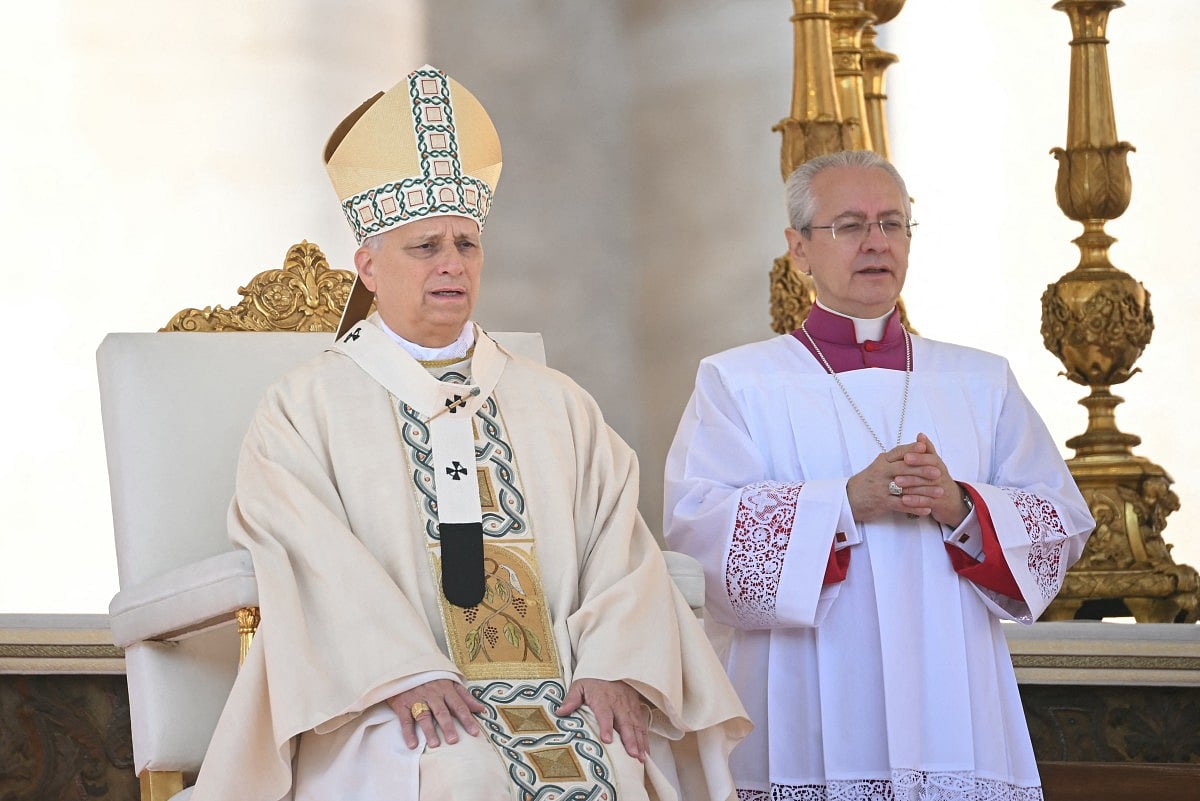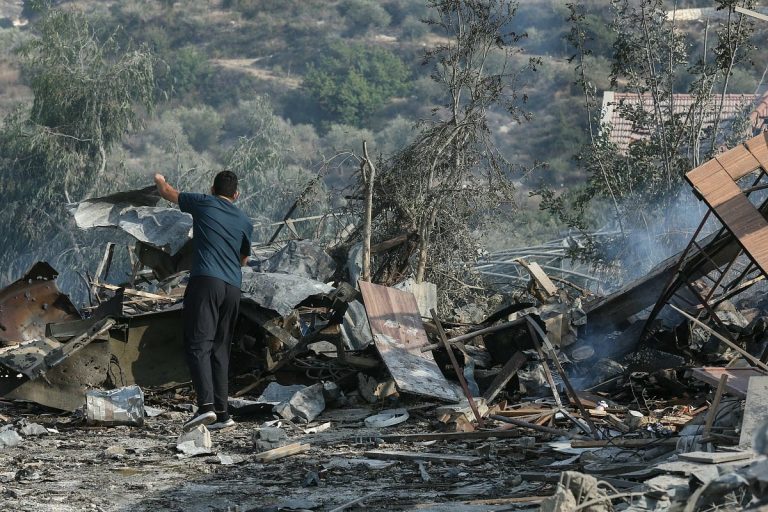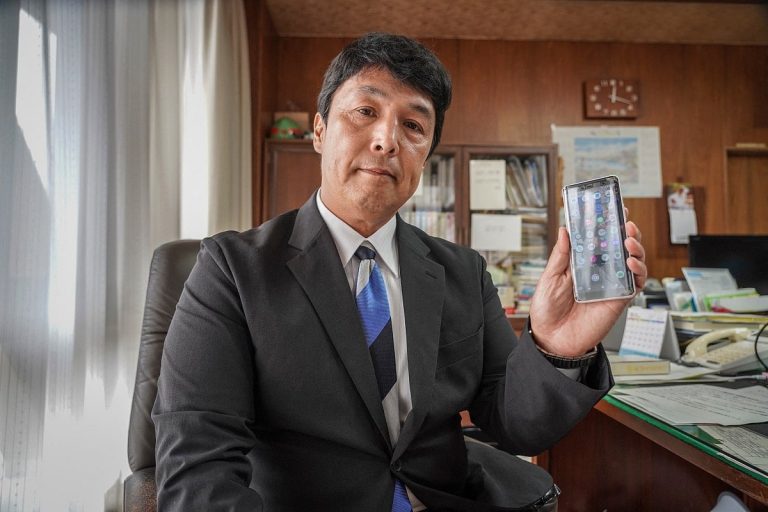Pope Leo XIV Canonizes Seven Saints, Including Bartolo Longo
Pope Leo XIV celebrated a significant event in Vatican City on Sunday, canonizing seven new saints during a grand ceremony attended by approximately 70,000 people. Among those honored was Bartolo Longo, a former Satanic priest who transformed his life and returned to Christianity, exemplifying the power of faith and redemption.
Ceremony Highlights
The canonization ceremony took place in St. Peter’s Square, where the sound of bells filled the air as Pope Leo XIV emerged in a ceremonial white cassock, accompanied by bishops and cardinals. Large portraits of the new saints were displayed from the windows of the square, creating a vibrant atmosphere of celebration and reverence.
During his homily, Pope Leo emphasized the significance of the new saints, referring to them as “witnesses” who, through God’s grace, maintained their faith. He expressed hope that their intercession would guide others through life’s challenges and inspire a collective pursuit of holiness.
Profiles of the New Saints
The newly canonized saints represent a diverse array of backgrounds and contributions to society:
– **Bartolo Longo**: Born in Italy in 1841, Longo was once a Satanic priest but later embraced Catholicism. He founded the Pontifical Shrine of the Blessed Virgin of the Rosary of Pompeii and dedicated his life to serving others until his death in 1926.
– **Peter To Rot**: A lay catechist from Papua New Guinea, To Rot was martyred during World War II for his faith. His dedication to teaching the Gospel remains an inspiration.
– **Ignazio Choukrallah Maloyan**: An Armenian bishop who was killed during the Armenian genocide in 1915, Maloyan is remembered for his unwavering commitment to his faith in the face of persecution.
– **Jose Gregorio Hernandez Cisneros**: Known as a “doctor of the poor,” this Venezuelan layman dedicated his life to helping the sick and marginalized before his death in 1919.
– **Maria Carmen Rendiles Martinez**: The first female saint from Venezuela, Martinez overcame significant physical challenges to establish the Congregation of the Servants of Jesus, serving the community until her death in 1977.
– **Vincenza Maria Poloni**: The founder of Verona’s Institute of the Sisters of Mercy, Poloni dedicated her life to caring for the sick in hospitals during the 19th century.
– **Maria Troncatti**: A nun from the Daughters of Mary Help of Christians, Troncatti devoted her life to aiding indigenous populations in Ecuador after arriving in the 1920s.
The Canonization Process
Canonization is the final step in the Catholic Church’s process of recognizing an individual as a saint. This process requires that the individual has performed at least two miracles, has been deceased for a minimum of five years, and has led an exemplary Christian life. Pope Leo XIV’s recent canonization marks his second since becoming the leader of the Catholic Church in May 2023.
FAQs
What is the significance of canonization in the Catholic Church?
Canonization is the formal recognition by the Catholic Church that a person lived a life of exceptional holiness and virtue, allowing them to be venerated as a saint.
Who was Bartolo Longo before his conversion?
Bartolo Longo was a lawyer and a former Satanic priest who, after a profound spiritual transformation, returned to Catholicism and dedicated his life to serving others.
How many miracles are required for canonization?
To be canonized, an individual must have performed at least two miracles attributed to their intercession after their death.
Conclusion
The canonization of seven new saints by Pope Leo XIV highlights the diverse paths of faith and service within the Catholic Church. Each saint’s story serves as a testament to the transformative power of faith, inspiring believers to pursue holiness in their own lives. As the Church continues to honor these figures, their legacies will undoubtedly influence future generations.
The canonization of saints is a tradition that dates back to the early centuries of Christianity, where individuals recognized for their extraordinary virtue and holiness were formally acknowledged by the Church. This practice serves not only to honor the lives of these individuals but also to provide models of faith for the faithful, encouraging them to emulate the virtues exhibited by the saints.
Pope Leo XIV’s decision to canonize these seven individuals reflects the Church’s ongoing commitment to recognizing diverse expressions of faith across different cultures and historical contexts. Each saint’s unique story underscores the universal call to holiness, demonstrating that faith can manifest in various forms, whether through martyrdom, service to the poor, or dedication to community building.
Also Read:
Hamas Reaffirms Commitment to Hostage Remains Recovery
UAE’s Diverse Beauty Captured Through Photography
Pakistan May Add Third Spinner for Second Test vs South Afri







